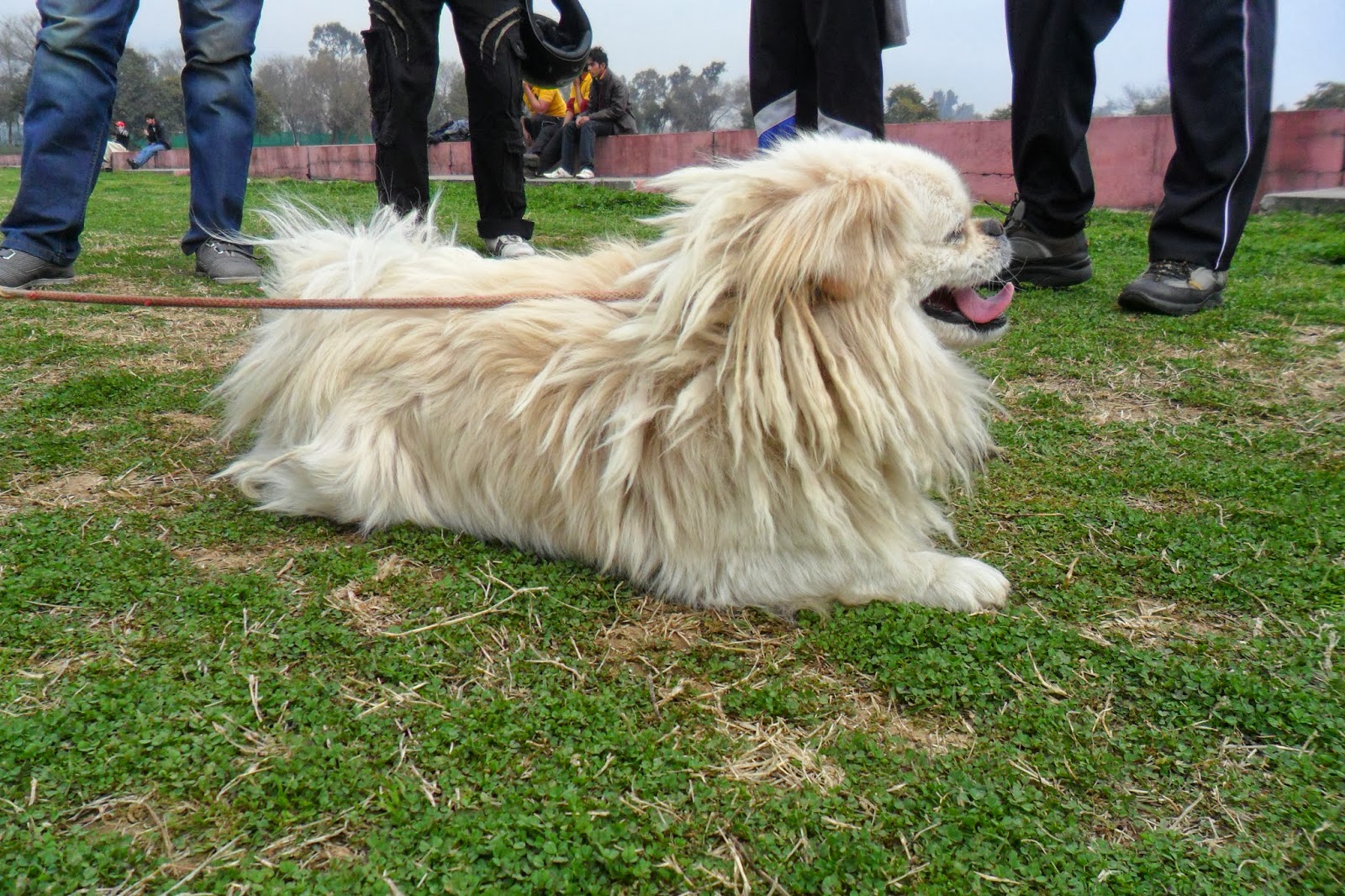Like
officious little men in baggy gray suits, the guinea fowl scuttle up
and down our driveway. Since dawn, they've been scouring our orchard for
beetles, locusts, spiders, and ticks. Now they are ready to patrol our
yard and garden for ants, cockroaches, flies, wasps, termites, cutworms,
grubs, and snails. The guinea fowl are relentless in their pursuit.
I
can remember a time when my husband and I had no guineas. Our former
flock had roosted in trees and nested on the ground where, one by one,
they had fallen prey to owls and foxes. While we were guinea-less, our
potato crop was denuded by potato beetles, our hibiscus hedge was
decimated by locusts, and we lost several fruit trees to flat-head
borers. We soon realized that our "little gray men" had given us far
more than just a pleasant diversion (and occasional good eating). So we
got a new crew to work our land, and I hope never to live without these
little guys again.
Raising Guinea Fowl

Many people have
never seen, much less heard of, guinea fowl. Visitors, on spying their
first guinea, invariably ask "What is that—a turkey?" Nope, but not a
bad guess. Like turkeys, guineas are
Galliformes, a group
encompassing all chicken-like birds. But while chickens are members of
the pheasant family, turkeys and guineas each have a family of their
own. Native to Africa, they are known for traveling in large, gregarious
flocks. Guinea fowl were introduced into Europe by 15th century
Portuguese explorers, and then arrived in North America with the early
settlers. There are seven species of guinea fowl, of which the "helmeted
pearl" is by far the most common, and certainly the weirdest looking,
with its oddly shaped helmet, white, featherless face, bright red
wattles, and gray polka-dotted feathers.

Ask those who keep
guineas why they have them and you'll get a different answer every time.
Chicken and turkey farmers keep them to ward off poultry-eating
predators. Ranchers turn them loose to discourage rattlers and
copperheads. Country dwellers like the way they gobble down
disease-carrying ticks. Orchardists use them to drive off marauding
birds. Farmers put them to work patrolling for row crop pests. Guineas
do all this without damaging crops. Sure, they'll take the occasional
peck at a cultivated plant, but they much prefer insects, weeds, and
seeds.
Free-ranging guineas spend most of their days foraging.
They work as a team, marching chest to chest and devouring anything they
startle as they move through the grass. When they discover a special
treat—a rodent, for example, or a small snake—they close ranks, circle
their prey, and move in for the feast. All the while, they keep up a
steady stream of whistles, chirps, and clicks, a sort of running
commentary on the day's hunt.
This is me holding guinea fowl(tetri kas known in Pakistan) in my hand. They are very hard to get hold of, They start jumping and flying wildly as soon as they see you, as mine were wild.
 .
.








 .
.



































